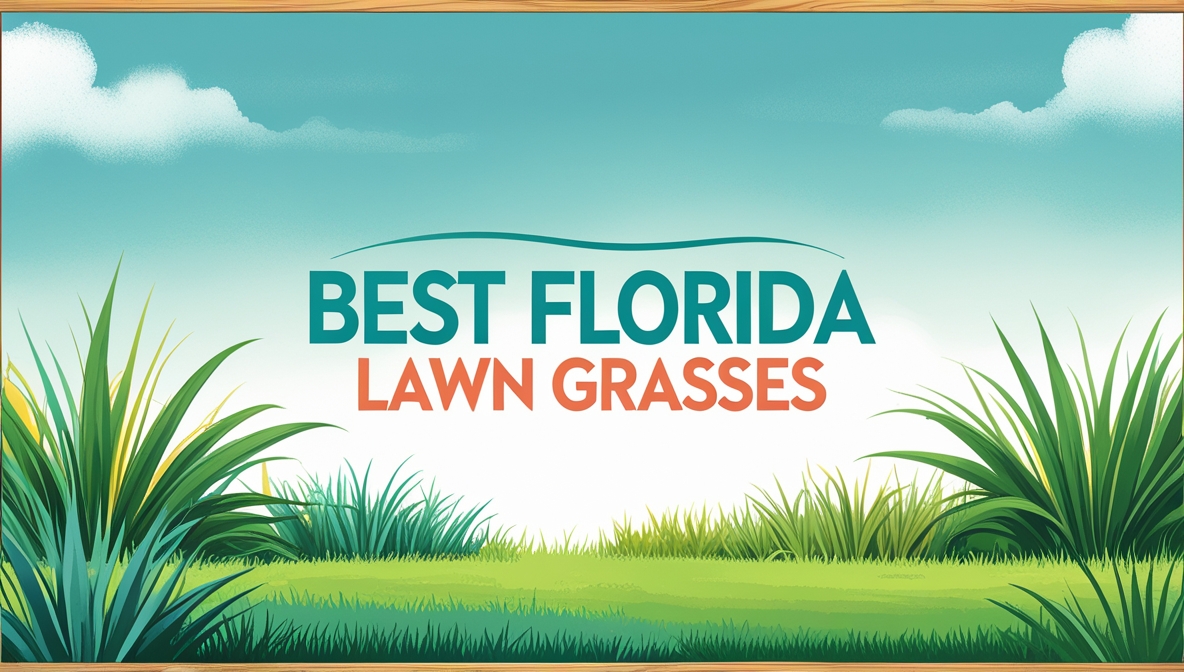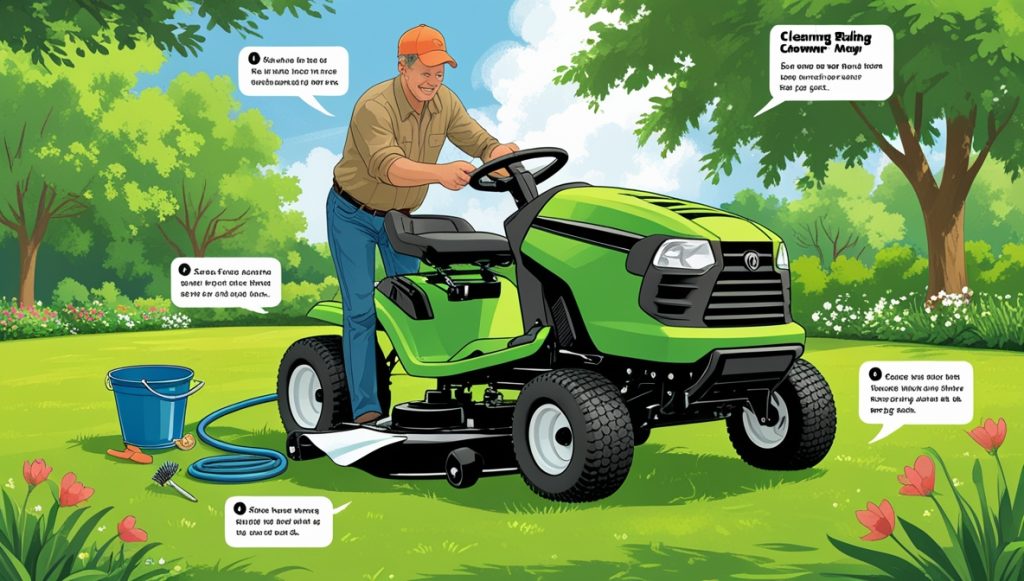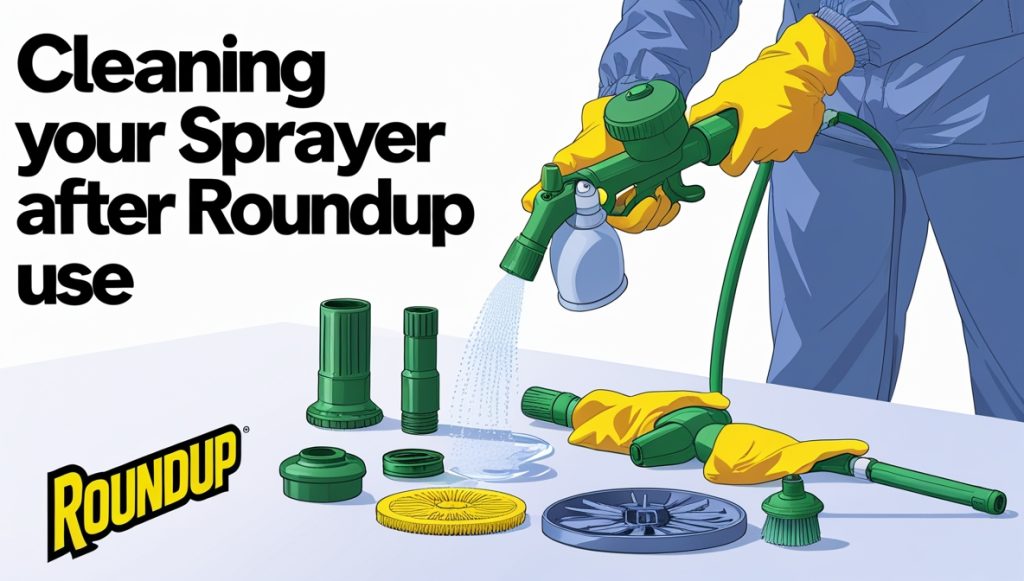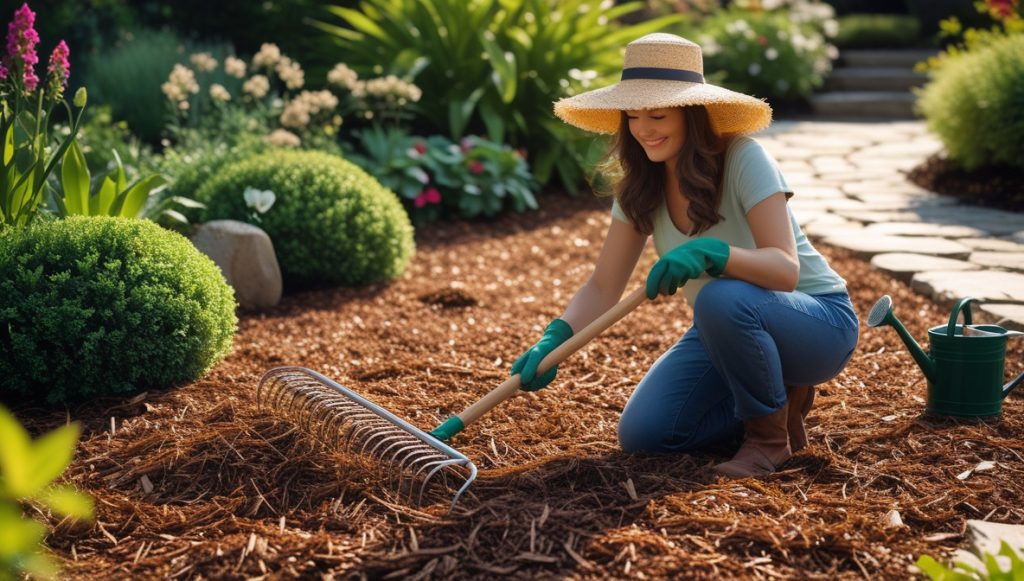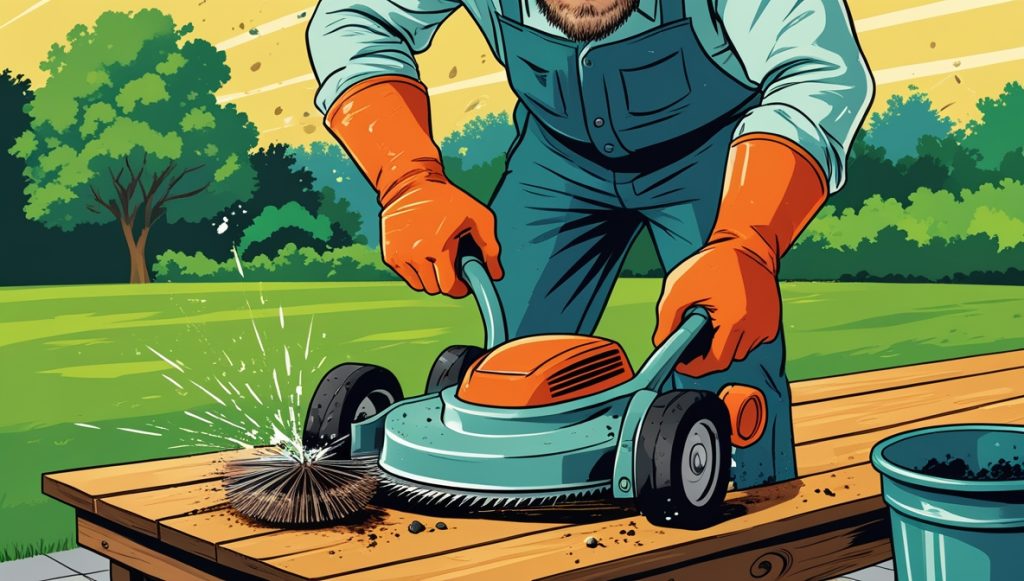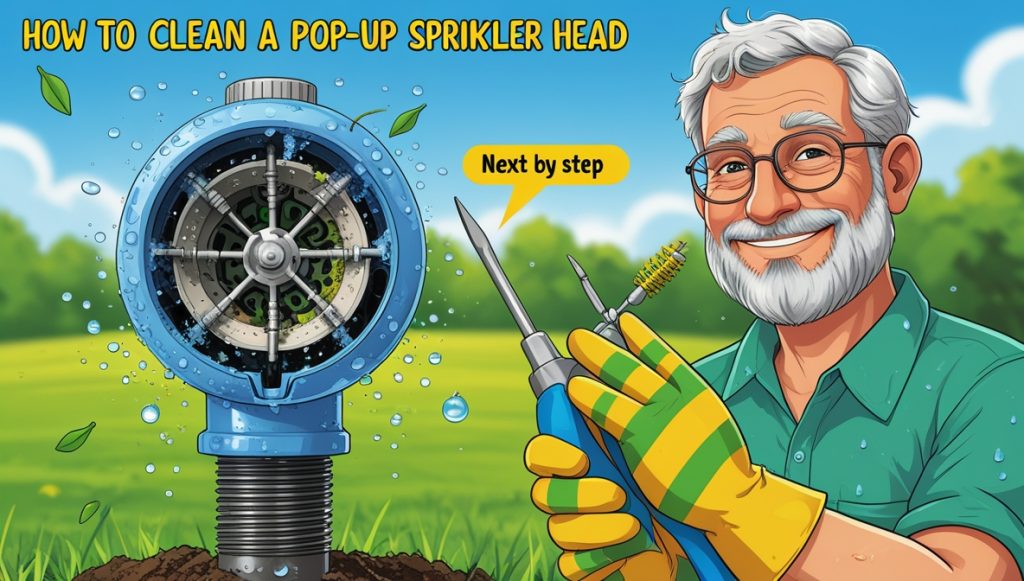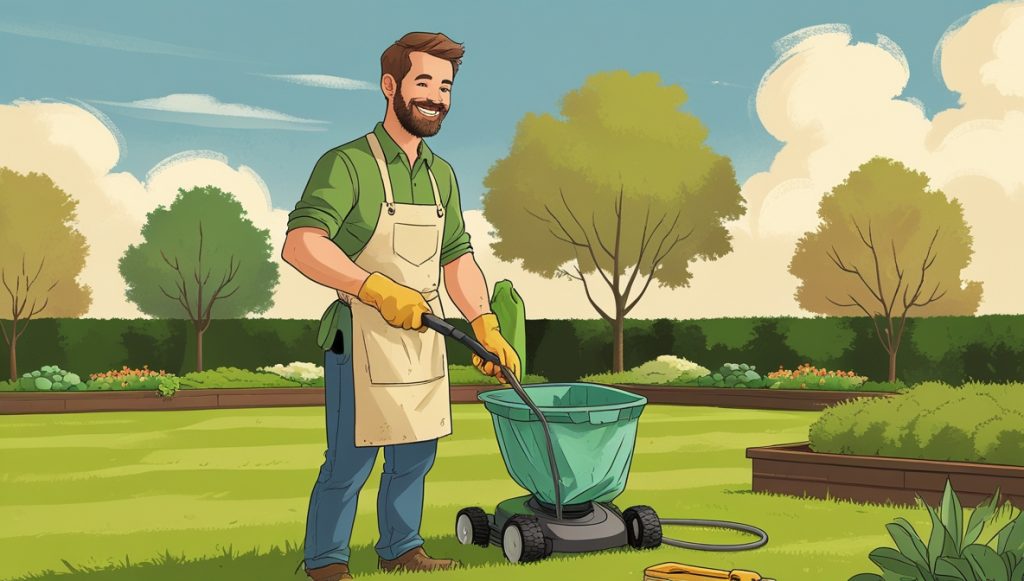Florida’s warm, humid climate presents unique challenges and opportunities for lawn care. Choosing the right grass type is crucial for a lush, healthy lawn that thrives in the Sunshine State. This guide explores the best Florida lawn grasses, considering factors like sun exposure, soil type, water usage, and maintenance requirements. We’ll delve into the characteristics of popular choices, helping you select the ideal grass to complement your lifestyle and landscape. Understanding these factors will ensure a beautiful and thriving lawn for years to come.
Contents
- Choosing the Right Grass for Your Needs
- St. Augustinegrass: The Florida Classic
- Bermuda Grass: A Durable Option
- Zoysiagrass: Fine Texture & Low Maintenance
- Centipedegrass: Shade-Tolerant Choice
- Bahia Grass: Drought-Resistant Performer
- Hybrid Bermuda Grasses: Enhanced Traits
- Overseeding & Lawn Care Considerations
Choosing the Right Grass for Your Needs
Selecting the perfect Florida lawn grass hinges on several key factors. Consider your yard’s sun exposure – full sun, partial shade, or deep shade – as different grasses thrive under varying light conditions. Soil type also plays a vital role; some grasses tolerate sandy soils better than others. Your personal maintenance preferences are equally important; some grasses require more frequent mowing and fertilization than others. Finally, budget and water availability are crucial considerations; drought-tolerant grasses can significantly reduce water consumption and costs. Weighing these factors carefully will lead to a successful lawn establishment.
Balancing these factors often involves trade-offs. A low-maintenance grass might not be as aesthetically pleasing as a finer-textured variety, while a drought-tolerant option may not perform as well in shady areas. Understanding these compromises is key to making an informed decision. Ultimately, the “best” grass is the one that best suits your specific needs and preferences within the constraints of your environment.
St. Augustinegrass: The Florida Classic
St. Augustinegrass is a warm-season grass renowned for its lush, deep green color and relatively coarse texture. It’s incredibly popular in Florida due to its ability to tolerate some shade and its overall hardiness. It forms a thick mat that helps suppress weeds, reducing the need for herbicides. However, it’s susceptible to certain diseases and pests, requiring regular monitoring and preventative measures.
This grass prefers well-drained soil and benefits from regular fertilization. While relatively drought-tolerant once established, it requires consistent watering, especially during dry spells. Its growth habit can be somewhat aggressive, requiring occasional trimming to maintain a neat appearance. Despite its susceptibility to diseases, St. Augustinegrass remains a beloved choice for many Florida homeowners due to its attractive appearance and relatively easy maintenance.
Bermuda Grass: A Durable Option
Bermuda grass is a highly durable and adaptable warm-season grass known for its resilience and rapid growth. It tolerates high traffic areas exceptionally well, making it ideal for families with children and pets, or for use in athletic fields. Its deep root system allows it to withstand periods of drought better than many other grasses. However, its aggressive growth habit requires frequent mowing.
Bermuda grass thrives in full sun and well-drained soil. It can be challenging to establish in shady areas. While its durability is a significant advantage, it can be invasive, spreading quickly beyond designated areas. Regular fertilization and weed control are necessary to maintain a healthy and attractive lawn. Its coarse texture may not appeal to everyone seeking a finer lawn aesthetic.
Zoysiagrass: Fine Texture & Low Maintenance
Zoysiagrass offers a desirable combination of fine texture and relatively low maintenance requirements. Its dense growth habit naturally suppresses weeds, reducing the need for herbicides. It’s also known for its excellent wear tolerance, making it suitable for moderate foot traffic. However, it’s slower to establish than some other grasses and requires careful attention to detail during the initial seeding or sodding process.
Zoysiagrass tolerates a range of sun conditions, though it performs best in full sun to partial shade. It’s relatively drought-tolerant once established. Its slow growth rate means less frequent mowing compared to Bermuda grass, saving time and effort. While generally disease-resistant, it can be susceptible to certain fungal diseases in humid conditions, requiring preventative measures.
Centipedegrass: Shade-Tolerant Choice
Centipedegrass is a popular choice for areas with significant shade. It tolerates low-light conditions better than most other warm-season grasses, making it ideal for yards with dense tree cover or north-facing slopes. Its growth habit is relatively slow, requiring less frequent mowing. However, it’s less tolerant of drought and foot traffic compared to Bermuda or Zoysia.
This grass prefers acidic soil and may require soil amendments to achieve optimal pH levels. It’s also sensitive to fertilizer burn, requiring careful application. Centipedegrass is susceptible to certain diseases and pests, necessitating regular monitoring and preventative treatments. Despite these limitations, its shade tolerance makes it a valuable option for many Florida landscapes.
Bahia Grass: Drought-Resistant Performer
Bahia grass is renowned for its exceptional drought tolerance. Its deep root system allows it to access moisture deep within the soil, making it a low-maintenance choice in drier regions of Florida. It’s also highly adaptable to various soil types and tolerates some foot traffic. However, its texture is coarse, and it’s not as aesthetically pleasing as some other grasses.
Bahia grass thrives in full sun and requires minimal fertilization. It is relatively low maintenance, requiring less frequent mowing than many other grasses. However, its coarse texture and less refined appearance may not appeal to all homeowners. While drought-tolerant, it still benefits from occasional watering during extended dry periods.
Hybrid Bermuda Grasses: Enhanced Traits
Hybrid Bermuda grasses combine the best traits of different Bermuda grass varieties. They often boast improved disease resistance, wear tolerance, and color compared to traditional Bermuda. They are typically more expensive than standard Bermuda but offer enhanced performance and aesthetic appeal. However, they still demand regular mowing and fertilization.
These hybrids often offer a finer texture than traditional Bermuda grasses, providing a more refined lawn appearance. They are typically more tolerant of shade than older varieties, expanding their suitability to various landscape situations. The higher initial cost is often offset by the reduced need for disease and pest control in the long run, making them a worthwhile investment for many homeowners.
Overseeding & Lawn Care Considerations
Overseeding, the practice of planting cool-season grass seeds in the fall, can enhance the appearance and resilience of your Florida lawn. It provides a temporary green cover during the cooler months when warm-season grasses go dormant. However, it requires careful selection of a suitable cool-season grass variety and appropriate timing to ensure successful germination.
Regular lawn care practices, including fertilization, weed control, and pest management, are essential for maintaining a healthy and vibrant lawn regardless of the grass type. The frequency of these practices will vary depending on the specific grass chosen and environmental conditions. Proper mowing techniques, including maintaining the correct cutting height, are also crucial for promoting healthy growth and preventing disease.
Choosing the right Florida lawn grass is a multifaceted decision. By carefully considering factors like sun exposure, soil type, maintenance requirements, and budget, you can select a grass that thrives in your specific environment and complements your lifestyle. Remember that regular lawn care is essential for maintaining a healthy and beautiful lawn, regardless of your grass selection. With careful planning and consistent maintenance, you can enjoy a lush, green lawn for years to come.
